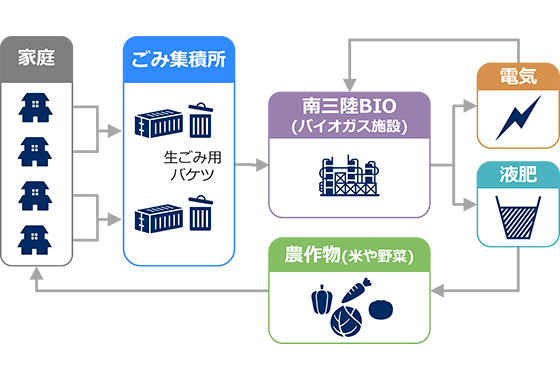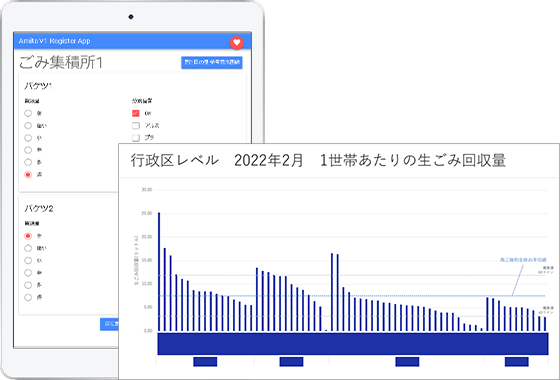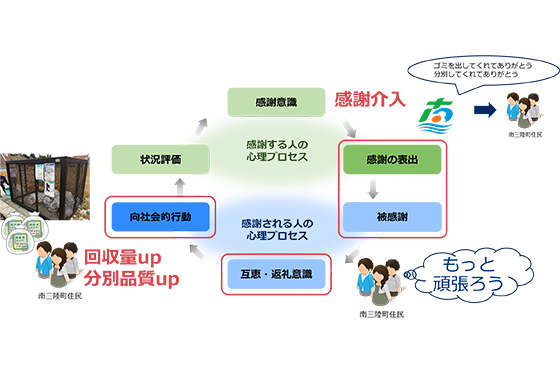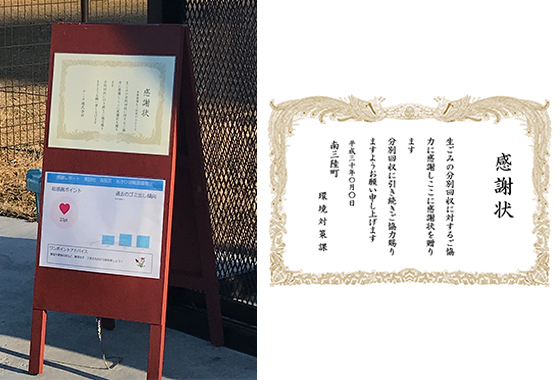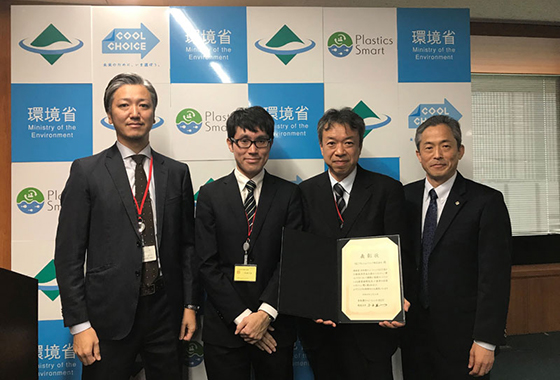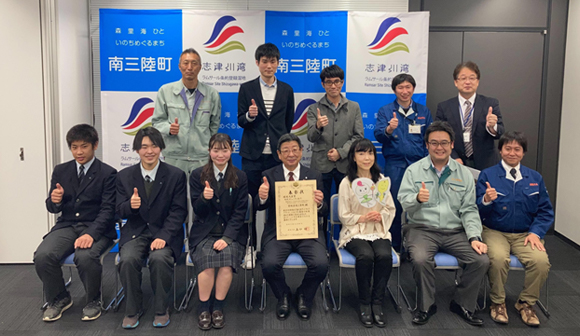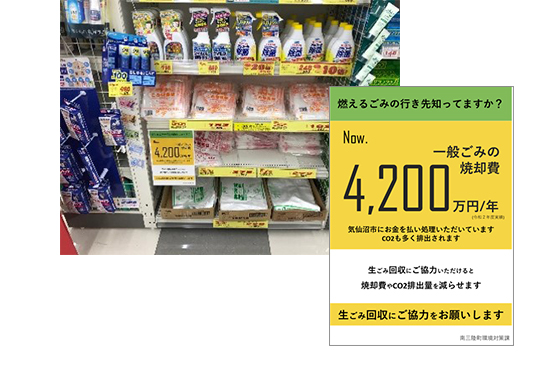Introduction
Minamisanriku, a small rural town in the prefecture of Miyagi, opened a biogas facility in 2015 and began running a circulate program for household waste. In this system, food waste placed into designated containers is collected from local garbage collection points and transported to the biogas facility. The methane released in the fermentation of decomposing biowaste is recycled back into the community in the form of energy and liquid fertilizer. In 2018 when we were doing our research, the amount of biowaste collected was not as high as expected, and the challenge was to increase the amount of biowaste collected. We have begun using information and communications technology (ICT), behavioral economics, and psychology in activities aimed at solving this issue.
